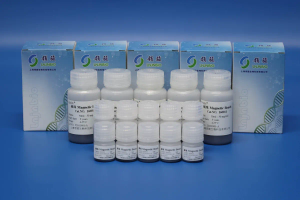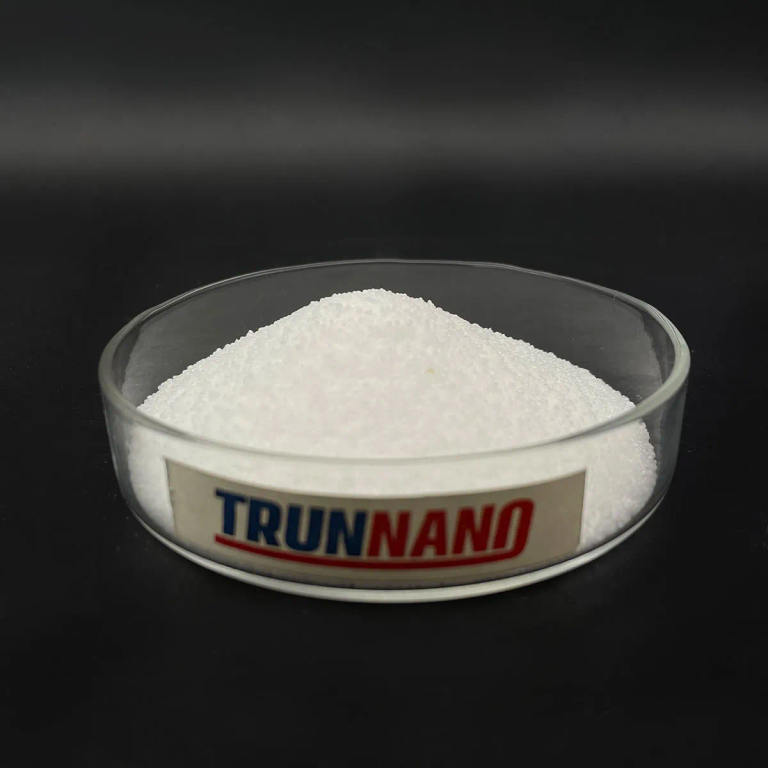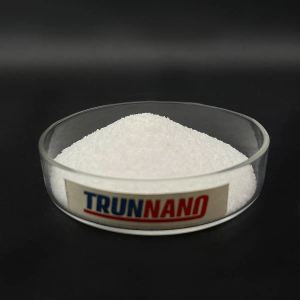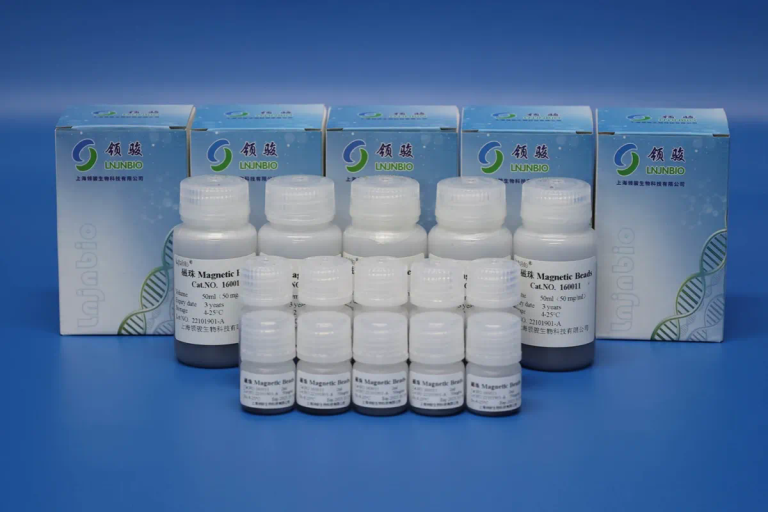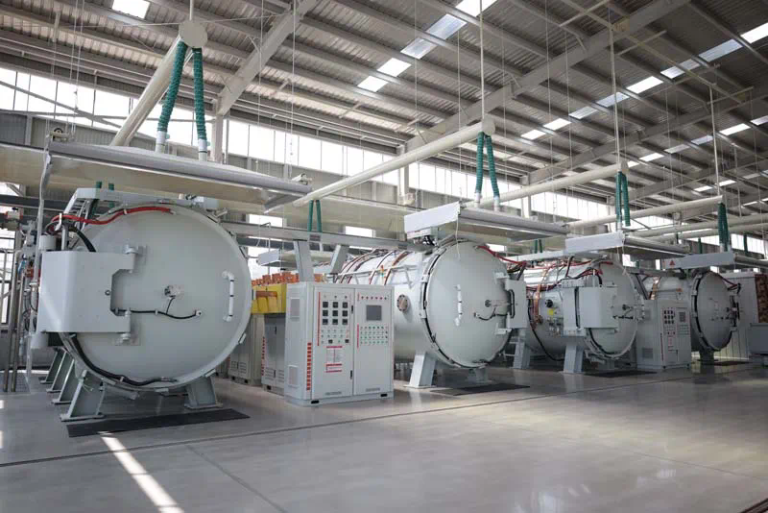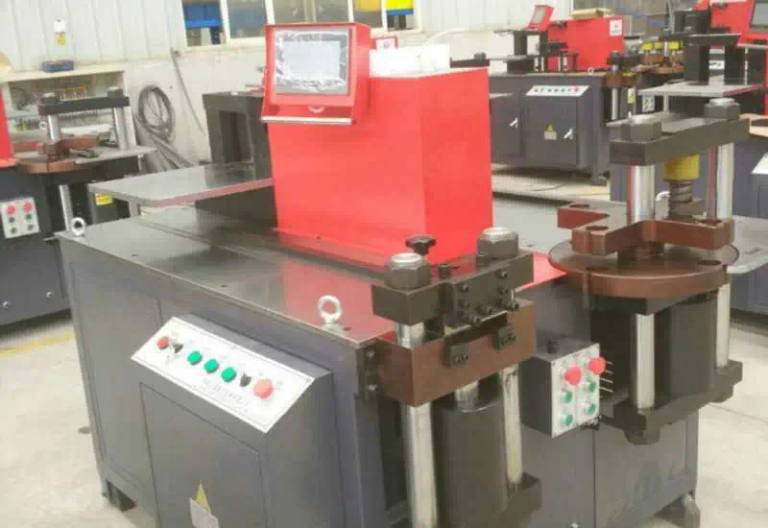The Role and Prospect of Magnetic Beads in RNA Purification
Magnetic beads have revolutionized various fields of molecular biology, particularly in the area of RNA purification. Their unique properties provide significant advantages over traditional methods, making them a staple in laboratories worldwide. This article explores the role of magnetic beads in RNA purification, discussing their mechanisms, advantages, applications, and future prospects.
Magnetic beads are typically composed of a magnetic core surrounded by a functionalized surface that can selectively bind nucleic acids. The most common materials used for the core include iron oxide, which provides magnetic properties, while the surface can be modified with various ligands to enhance binding specificity for RNA. This combination allows researchers to leverage both the physical manipulation of beads through magnetic fields and the biochemical interactions with RNA.
One of the primary mechanisms behind RNA purification using magnetic beads is adsorption. The beads are functionalized with molecules that have a high affinity for RNA, such as oligo(dT) sequences or specific antibodies. When a sample dna extraction reagent containing RNA is mixed with these beads, the target RNA molecules bind to the surface, while contaminants remain in the solution. By applying a magnetic field, the beads can be separated from the liquid phase, allowing for the easy removal of unbound materials. Subsequent washes can further purify the RNA, removing any residual contaminants.
The advantages of using magnetic beads for RNA purification are numerous. First, the process significantly reduces the time required for purification compared to traditional methods, such as phenol-chloroform extraction or silica column-based kits. The ability to rapidly separate beads using a magnet streamlines workflows, especially in high-throughput settings. Additionally, magnetic beads are versatile and can be used with a wide range of sample types, including tissue lysates, cell cultures, and even environmental samples.
Furthermore, magnetic bead-based purification systems can be easily adapted for automation. Many laboratories are increasingly turning to robotic systems for sample processing, and magnetic beads lend themselves well to automation due to their straightforward handling. Automated systems can efficiently process multiple samples simultaneously, improving throughput and reproducibility.
In terms of yield and purity, magnetic bead-based methods often outperform traditional approaches. The high binding capacity of magnetic beads allows for the efficient capture of RNA, leading to higher yields. Moreover, the controlled washing steps help to achieve greater purity levels, which is crucial for downstream applications such as reverse transcription quantitative PCR (RT-qPCR), next-generation sequencing (NGS), and RNA sequencing.
However, it is important to note that the performance of magnetic beads can vary based on several factors. The choice of bead type, surface chemistry, and binding conditions must be carefully optimized for each specific application. For example, different RNA species may require distinct functionalization strategies to achieve optimal binding efficiency. Researchers must also consider the potential for bead-to-bead variability, which can impact reproducibility.
Looking into the future, the prospects for magnetic beads in RNA purification appear promising. Innovations in bead technology are continually emerging, with advancements in surface chemistry and functionalization techniques. Researchers are exploring new materials and coatings that can enhance binding selectivity for specific RNA species, such as microRNAs or long non-coding RNAs.
Moreover, the integration of magnetic beads with other technologies could further enhance their utility. For instance, combining magnetic bead purification with CRISPR technology for targeted RNA isolation could open new avenues for research. This synergy would allow for the selective enrichment of RNA from complex mixtures, paving the way for more nuanced studies of gene expression and regulation.
In addition to traditional research applications, the use of magnetic beads in clinical diagnostics is gaining traction. The ability to quickly purify RNA from clinical samples, such as blood or biopsy tissues, is vital for the development of RNA-based biomarkers and therapeutic strategies. Magnetic beads offer a rapid and reliable method for isolating RNA, which is essential for the timely diagnosis of diseases, including viral infections and cancers.
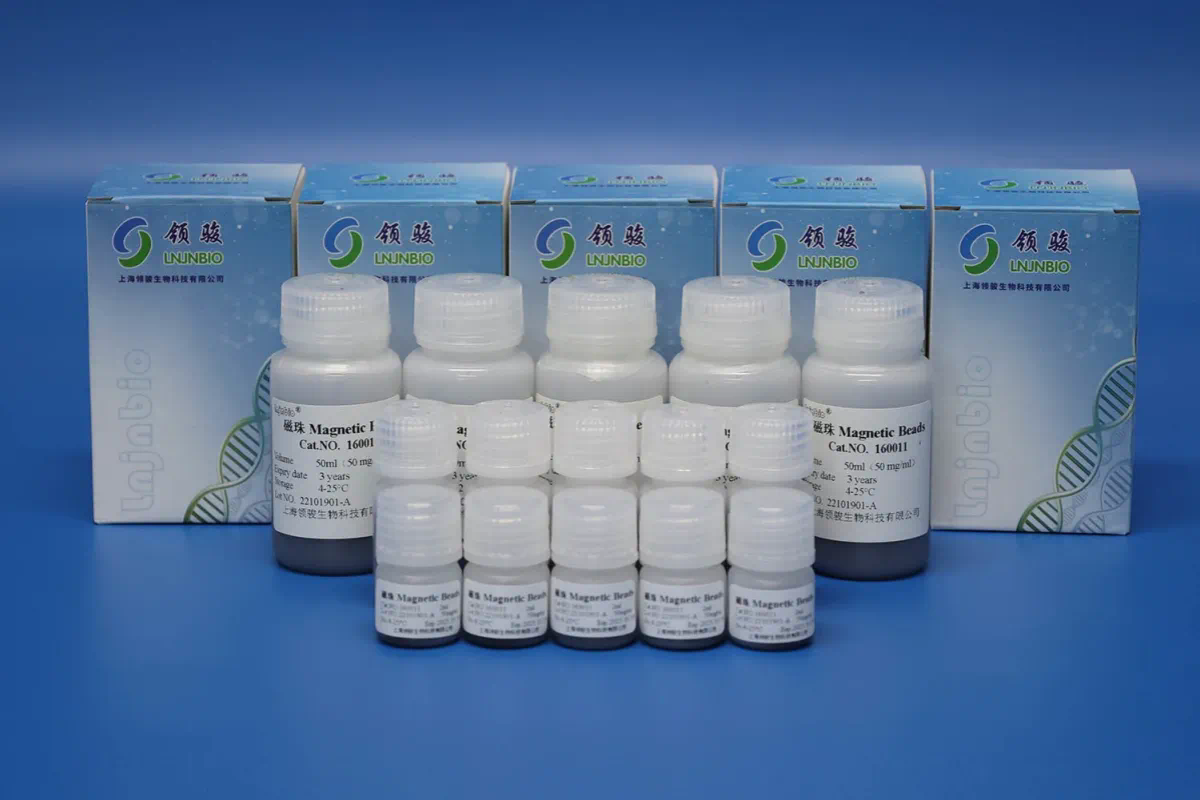
The economic aspects of using magnetic beads also contribute to their growing popularity. While initial costs may be higher than some traditional methods, the overall savings in time and labor, coupled with improved yields and purities, make them a cost-effective solution in the long run. Laboratories are increasingly recognizing the value of investing in high-quality magnetic bead systems to enhance their research capabilities.
Furthermore, the environmental impact of RNA purification methods is becoming an area of concern. Traditional methods often involve the use of hazardous chemicals that pose risks to both researchers and the environment. Magnetic bead-based methods can mitigate these concerns, as they typically require fewer reagents and generate less hazardous waste. This shift towards greener methodologies aligns with the broader trend in science towards sustainability.
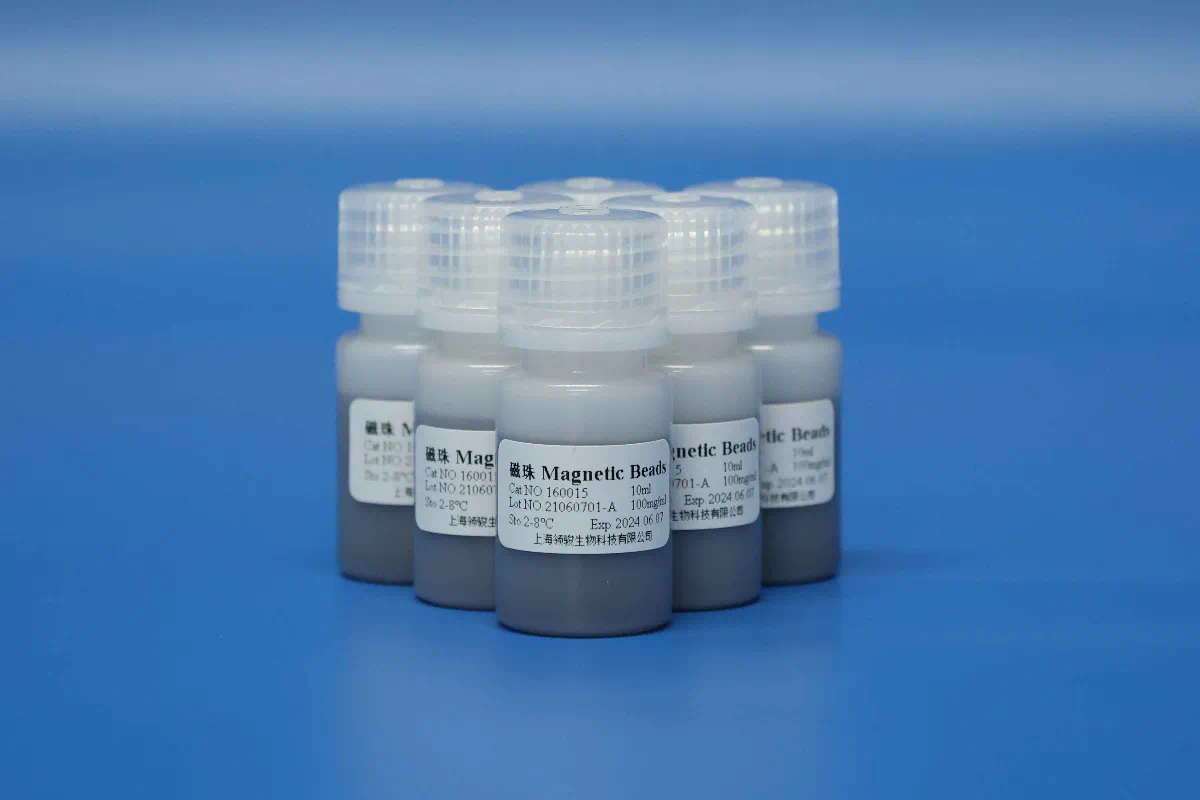
Despite the many advantages, challenges remain in optimizing magnetic bead protocols for RNA purification. Standardization of procedures across laboratories is essential to ensure consistent results. Collaborations between researchers, manufacturers, and regulatory bodies may facilitate the isolation of small DNA fragment development of standardized protocols and best practices, enhancing the reliability of magnetic bead-based methods.
In summary, the role of magnetic beads in RNA purification is multifaceted and continually evolving. Their unique properties, combined with the increasing demand for efficient and reliable RNA purification methods, position them as a cornerstone technology in molecular biology. As research progresses and innovations emerge, the future prospects for magnetic beads in RNA purification appear bright, promising to enhance our understanding of RNA biology and its applications in medicine and biotechnology.
The integration of magnetic bead technology with other emerging methods will likely yield even greater advancements, paving the way for novel discoveries and applications. As scientists continue to push the boundaries of RNA research, magnetic beads will undoubtedly play a crucial role in shaping the future of molecular biology.
